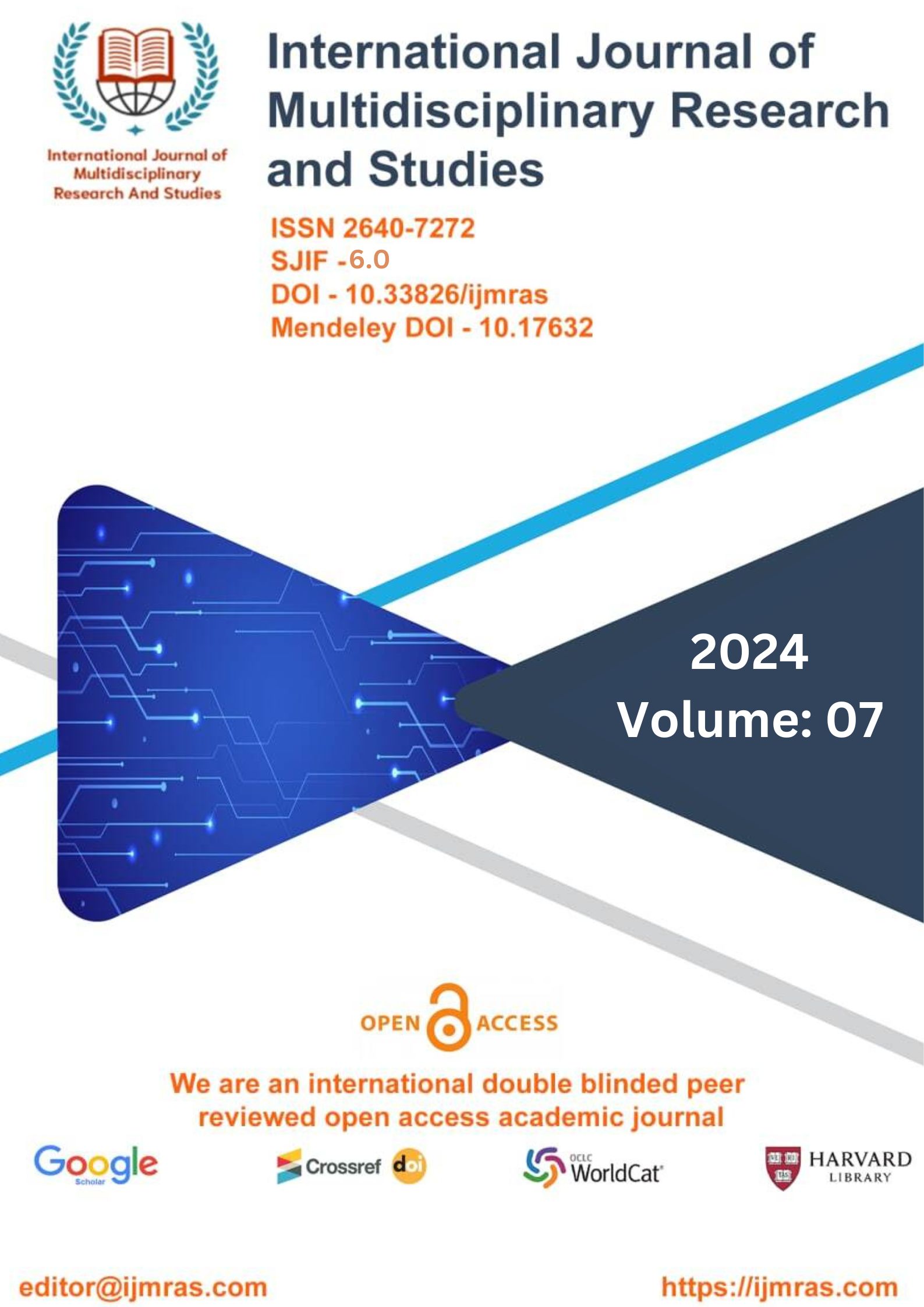


The majority of explanatory models of democracy point to the economy as a forerunner to major political liberalisation, with either severe economic crises or fast economic development seen as the dominant cause element. Chinese Communist Party leaders, on the other hand, have managed to escape the socialist social compact with the urban working class without giving up their hold on power. What's more, China's economy has grown rapidly for nearly twenty-five years without any major political reform. Understanding China's post-1978 reform measures requires comparing it to other high-growth East Asian countries and also to other forms of socialist transition, such as Eastern Europe and Russia. China's success in implementing economic reform without jeopardising political control hinges in large part on how and when it liberalises its foreign direct investment (FDI) market. China's ownership diversification pattern and China's style of integration into the global economy are two significant factors in this comparative research. This paper examines the impact of FDI liberalisation on worker-party relations and how these two factors contribute to the achievement of economic transformation without political liberalisation. When applied to China, "reform and openness" has sped up state building, undermined civil society (particularly labour), and slowed down political liberalisation.

This work is licensed under a Creative Commons Attribution 4.0 International License.
You may also start an advanced similarity search for this article.